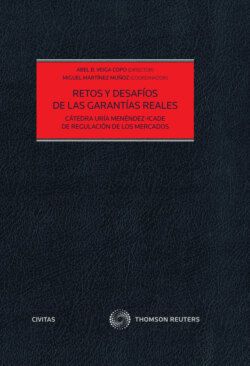Читать книгу Retos y desafíos de las garantías reales - Abel B. Veiga Copo - Страница 75
На сайте Литреса книга снята с продажи.
1.1. Internal resources
ОглавлениеThe over-arching question in this context is how does a state meet its enormous demand for money? There are well-known internal sources of income such as collecting taxes and printing new money. These two options have been the traditional justifications for denying the possibility that a sovereign could go bankrupt15 (which has been wrong even in times before a currency union16 such as the Euroland). Another source of income would be selling commodities. All of these sources, though, have their downsides too: The experience with dozens of over-indebted countries today and on the past teaches that a huge and increasing proportion of the population is bitterly poor; the taxing argument implies that a state cannot go bankrupt before the last citizen of that country is insolvent, too – which is a rather cynical argument, to say the least. Printing new money comes with the risk of inflation and hyper-inflation and is, therefore, particularly for Germans and Austrians a traumatic no-go area due to experiences more than 100 years ago17. If and how the modern monetary theory18 proves this experience – more precisely: its underlying assumptions – to be wrong remains to be seen. And finally, being dependent on selling commodities might mean for many developing countries to enter debt traps; not only that, for instance, China is blamed repeatedly for using debts as a political tool19; but also laws of the market dictate a downward spiral of the prices: the market’s knowledge that a particular country is bound to sell its commodities at a given time (e.g., when instalments or interest payments have to be paid) pushes down their price.
